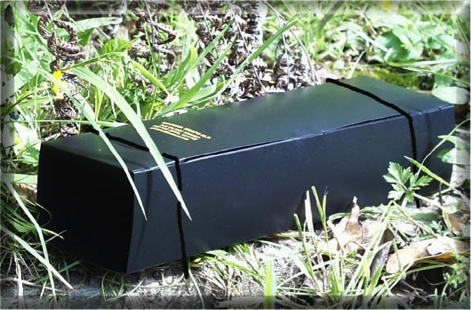Tracking Animals
Where and why do we track animals?
- Animals can be tracked everywhere – on an island, in the bush, even in your garden!
- Monitoring provides an insight into the species of animals living in the area.
- Recent developments show individual animals can be identified by their foot prints.
- In mammals a female can be readily identified from a male through the placement of the hind foot.
- Insect tracks allow species to be identified.
- To allow the discovery of species which are otherwise hard to locate.
- Data can also be used to determine types of pests which need to be eradicated to produce sanctuaries for the conservation of native wildlife.
- Monitoring provides data on changes in an environment.
How does it work?
- Using tunnels and monitor cards.
- The monitor card is a water resistant cardboard comprised of 4 layers. In the middle section of the recording surface the card is sealed and an especially developed ink is screened on this area where a lure is placed. The ink has been designed so that small insects and very young lizards are not trapped. When animals move from the inked section they carry ink on their feet and leave images of their footprints on the recording section of the card.
- Most animals prefer to move along fence lines, under trees and around edges of ponds and streams, making all of these places suitable for placing tracking tunnels.
- Tunnels are camouflaged with sticks and grass so the tunnel entrance appears as a natural entrance.

The bait
- A fingernail sized amount of bait is placed on the inked section of the card to attract animals.
- Mustelids enjoy a section of chicken neck.
- For rats, mice, hedgehogs and wetas peanut butter is a great lure.
- Lizards like banana, pears and honey.
- Liquid lures are placed in the centre of the tracking card by putting them either on a leaf or in a milk bottle cap or simply smear over the ink.
Footprints
- When an animal leaves an image of its footprint, the natural oils in the ink are absorbed into the card, leaving an image that will neither smudge nor blur.
- The ink is water resistant and will record images of wet feet with the same clarity as dry feet.
- Footprint images can be magnified for detailed analysis.
- With a clear plastic ruler the widths of feet can be measured and this can indicate individuals – so you can see how many of a species are in the area.
- Animal numbers entering a tunnel can be proportional to the volume of lure.
Targeting Individual Animals
- The width of a foot can be a quick method to establish the presence of a particular animal.
- For example in rats, the four feet are all very similar in width, even though the front feet have 4 toes while the back have 5. The 5th toe is placed on the foot in a similar position to the human thumb on a hand. That is, it is slightly lower on the foot and is positioned on the inside edge.
- Mice have the same foot morphology as rats although their feet are significantly smaller than those of rats.
- So if the foot print is measured it can be determined whether a particular animal is present.
Special thanks to Warren Agnew and Gotcha Traps for providing the information and images for this game.
